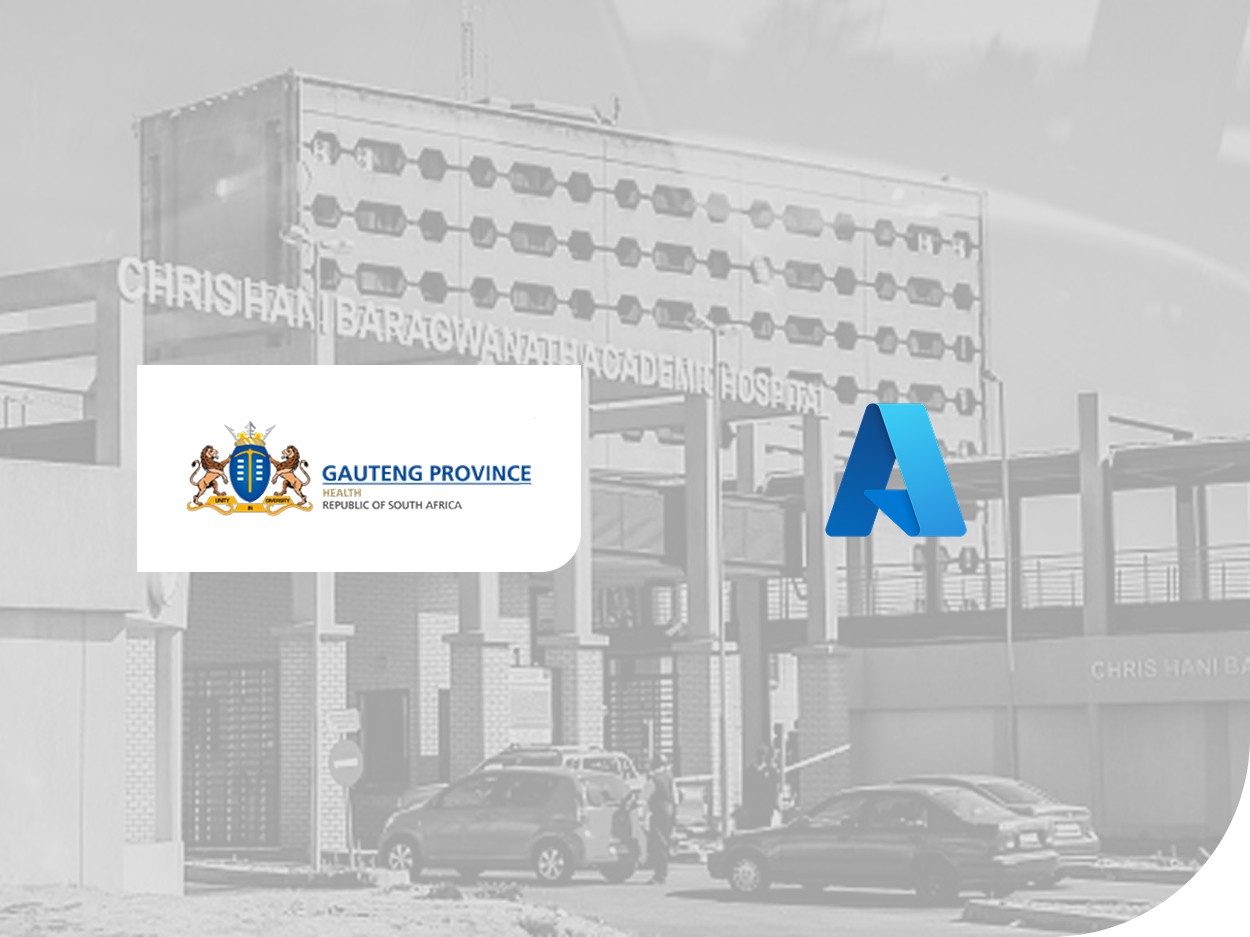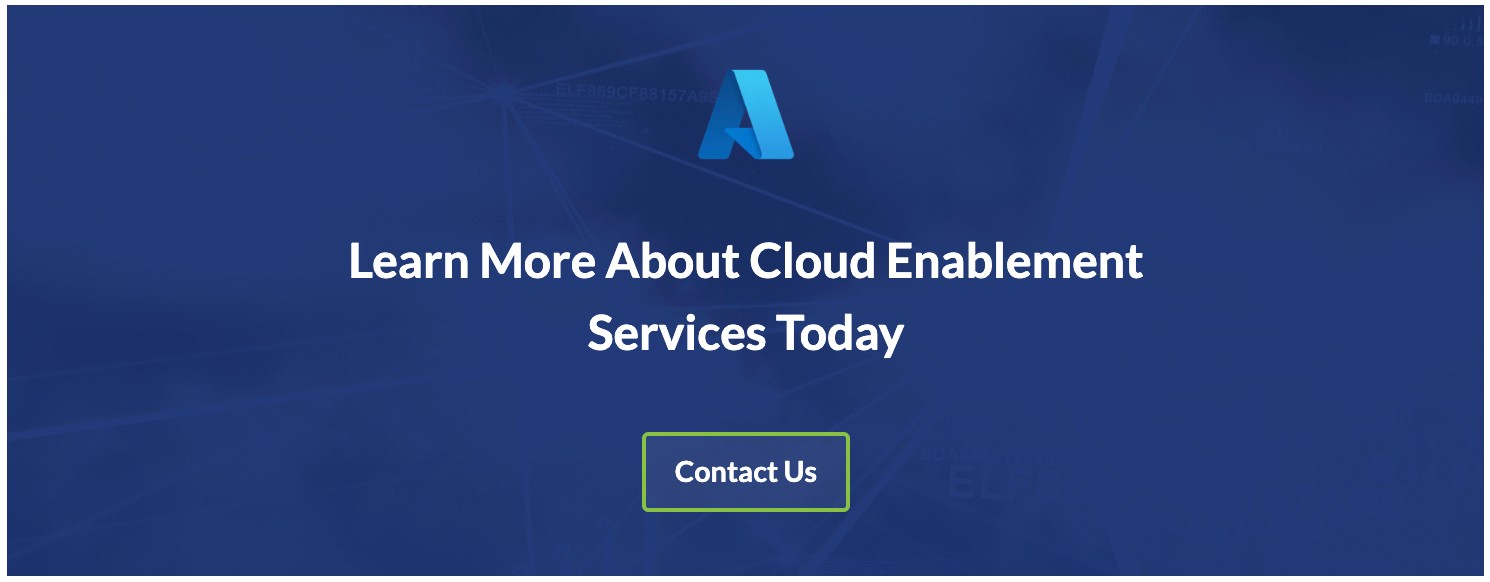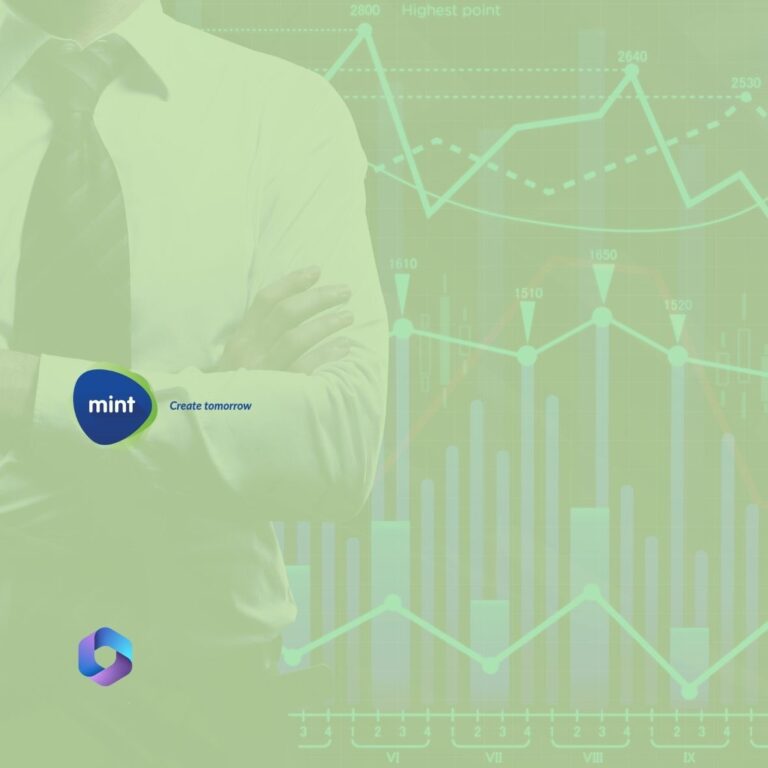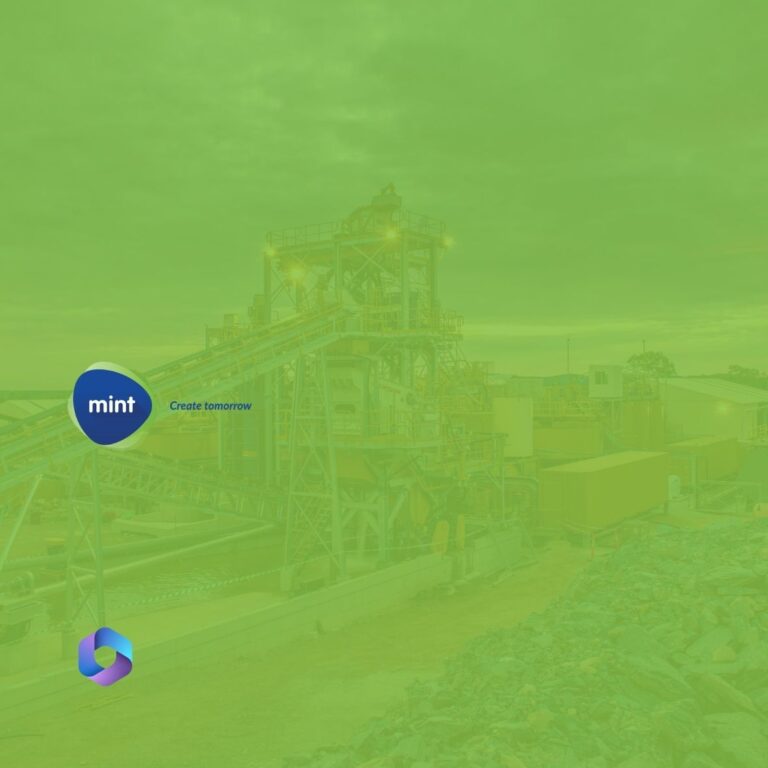A Legacy of Care
Chris Hani Baragwanath Academic Hospital, affectionately known as “Bara”, stands as a beacon of public healthcare in South Africa.
Located in Soweto and covering over 70 acres, it is the largest hospital in Africa and the third largest in the world. With more than 3,400 beds and a daily intake of over 2,000 patients, Bara is not just a hospital, it’s a lifeline for a community.
However, for years, the hospital, like most public hospitals in South Africa, was constrained by a paper-based records system that struggled to keep pace with the demands of modern medicine.
Files were misplaced, patient histories were fragmented, and litigation risks due to lost documentation loomed large.
In 2024, the hospital, in partnership with the Gauteng Department of Health, Microsoft, and Mint Group, launched a bold, future-focused initiative to digitize more than 10 years of patient records. The vision was not just operational efficiency; it was to create tomorrow for healthcare in South Africa.
The Challenge: Chaos in the Corridors
Before the digitization project, the patient record system at Bara was anything but efficient. Multiple departments stored files across several buildings, often with incomplete documentation and no central index. Maternity files were stored across multiple archives, legal documents in another, and general patient files scattered between facilities. Transporting records was a logistical headache, with staff relying on manual processes like hand-written logs and staircases filled with file boxes.
Internally, infrastructure posed its own battles. The designated digitization site— repurposed from a COVID ward—needed rewiring, deep cleaning, and security enhancements. Even the toilets flooded at times. Basic needs like fridges and microwaves were missing. The hospital’s ICT systems weren’t compatible with the scanning setup initially. And intermittent internet outages brought scanning to a halt for days at a time.
Despite these hurdles, a shared belief persisted among the stakeholders: this transformation was necessary, and it was possible.
Why Mint Group?
The Gauteng Department of Health had options—larger vendors with longer track records in digitization. But they chose Mint Group for a reason.
More than a technology provider, Mint is a partner in transformation, our strength lies in merging innovation with real-world impact. We create tomorrow by placing people at the centre: our clients, our communities, and our Youth. From early strategic engagements with MEC officials to deploying solutions in record time, Mint demonstrated not just technical expertise, but genuine commitment.
As Lucy Rabothata, CHBAH’s Project Lead, shared:
‘’The journey wasn’t easy, but with Mint, it was possible. If Mint wasn’t there, I wouldn’t have coped. Their communication, responsiveness, and alignment with our goals made all the difference’’.
It wasn’t our first public health care success, but it was certainly our most transformative.
The Solution: Building a Digital Hospital, One Box at a Time.
At the heart of the solution was Microsoft’s secure cloud infrastructure. Azure hosted the virtual machines and DocuWare document management system that enabled realtime scanning and indexing.
Microsoft Power BI provided a visual, live dashboard to track progress—down to the hour and scanner operator.
The digitization process was meticulous. Each patient file—sometimes hundreds of pages—was opened, flattened, cleaned, and prepared before scanning. This was followed by careful indexing using unique patient identifiers. Even setbacks like severed internet cables didn’t halt progress. The team simply shifted to preparation mode, stockpiling files to be scanned once connectivity resumed.
Importantly, this was not just a technology deployment. It was a human story.
Over 100 unemployed youth were trained and employed as part of the project— transforming not just hospital records, but lives. Through partnerships with empowerment programs and training organizations like Flowtech and PEO IT, Mint ensured this project delivered economic impact where it mattered most.
The Results: Efficiency, Empowerment and a Path Forward.
The transformation was tangible:
- Over 800,000 patient files targeted for digitization within 9 months.
- 40% reduction in patient processing times.
- Real-time reporting dashboards that inform better decision-making.
- Increased compliance, reduced litigation, and improved care delivery.
- 100 Youth equipped with real-world digital and operational skills.
For Lucy, the dashboards became a point of pride in executive meetings. For patients, records that were once lost in corridors are now retrievable in seconds. For Mint, it was a demonstration of what’s possible when you pair innovation with empathy.
‘’Working with Mint was like a hand in a glove. They didn’t just deliver—they stood by us through every challenge.’’ – Lucy Rabothata, CHBAH, Project Lead
Lessons Learned: Where Technology Meets Humanity.
- Collaboration is non-negotiable. Success depended on seamless alignment between Mint, the Department of Health, hospital ICT, and on-the-ground interns.
- Empathy unlocks resilience. Motivation, incentives (including ‘’Hungry Lion’’ lunches!), and personal support helped manage absenteeism and burnout.
- Real-time data is power. Dashboards not only tracked scanning output but captured patterns, outages, and process bottlenecks—informing better decision-making.
What’s Next: Scaling Healthcare’s Digital Future.
Following CHBAH’s success, similar initiatives are already underway at Thelle Mogoerane Regional Hospital. The model developed—scalable, cloud-based, and youth-inclusive—is now a blueprint for digitization across the province. With ongoing integration into SAP the future includes smart, AI-driven patient histories and seamless clinician access from any hospital in the network.
The project’s story is being captured in a five-part documentary video series titled “Creating a Healthier Tomorrow”, set to inspire healthcare leaders across the continent.
Conclusion: Creating Tomorrow, One File at a Time
This wasn’t just a digitization project, it was a declaration of intent. That public health care can be world-class. That transformation must serve people. And that creating tomorrow means investing in the lives we touch along the way.
At Mint Group, we believe what you’re not changing, you’re choosing. We chose to break silos, build partnerships, and create jobs, while laying the foundation for smarter, more equitable healthcare.
And for Chris Hani Baragwanath Academic Hospital, tomorrow is already being created today.





